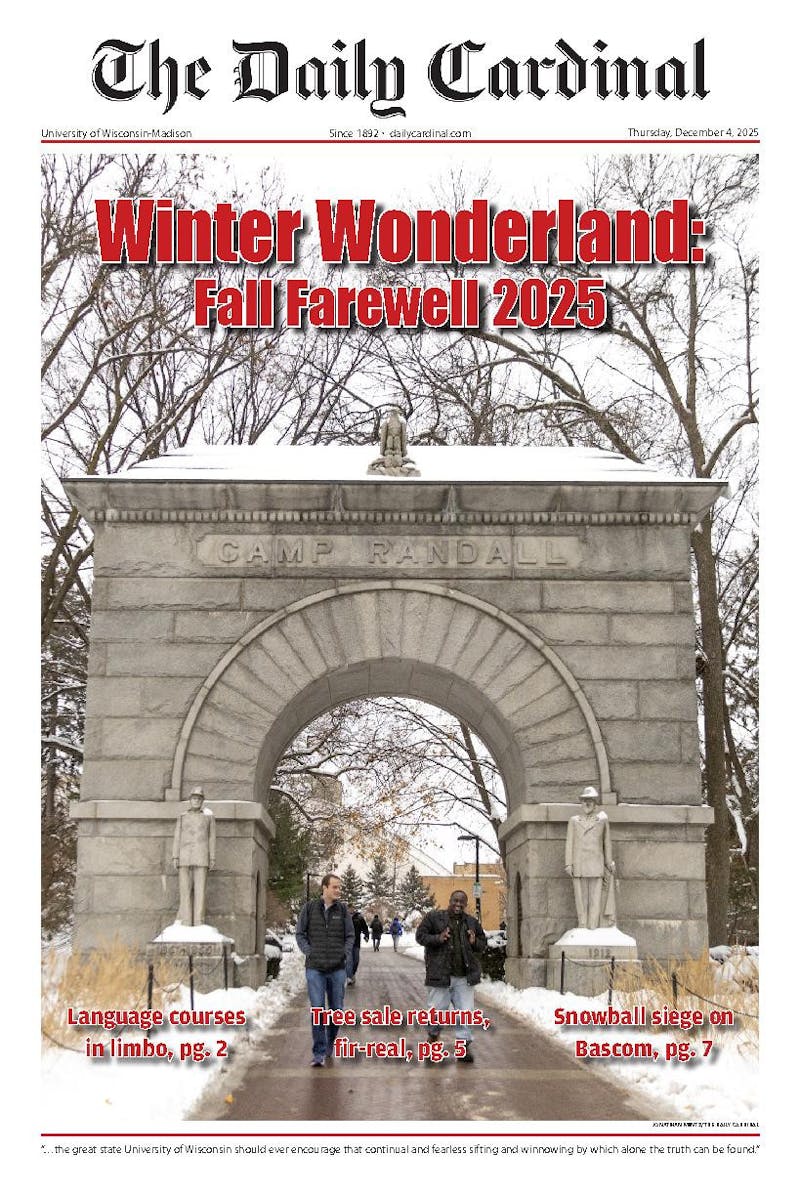I must admit, as a math major, a little bit of me dies when I hear someone say, I hate math."" What did math ever do to you? In fact, math may be one of the most helpful and useful skills that a person can learn in life. You use math every day, whether you are purchasing that late-night cup of coffee at the library or calculating just how long you have until your next class. Even cavemen used math to divide rations for the day. Math is basic logic hardwired into our brains and is the inquisitive nature of the human persona that fuels what we call science.
Americans pride themselves on having a culture with pronounced technological prowess, much of which is rooted in mathematical and scientific advancements. Despite this fact, our nation doesn't rank in the top 10 nations in the world with respect to math and science education. The quality of education in the two subjects has significantly fallen since the end of the Cold War, when technological advancement played an escalating role and ultimately depended on the education of the next generation. It seems that without the daily threat of mutually assured destruction, education in the sciences goes on the back burner.
One of the hardest concepts to grasp in elementary education was the fraction. A simple yet elusive expression containing two numbers, one above the other, with a bar separating the two. Such practical applications could be used to describe the amount of each color of M&Ms in a single bag. However, it seems that to this day, fractions still haunt many people, or at least corporations feel this way. For example, if you were to inquire about M&M distribution to the Mars Corporation, they would send you the following distribution for dark chocolate M&Ms: 17 percent cyan blue, 16 percent orange, 16 percent green, 17 percent bright yellow, 17 percent red and 17 percent brown. They deliberately provide numbers that are arbitrarily rounded. A more precise and accurate characterization of the colors would be: 1/6 cyan blue, 1/6 orange, 1/6 green, 1/6 bright yellow, 1/6 red and 1/6 brown. However, this would just induce unneeded panic because fractions are ""scary."" On the bright side, at least the percentages add up to 100. In Germany, the numbers for M&M production go out to a decimal but do not necessarily total 100 percent. One might question if this is truly more accurate.
The decrease in math education over the years may be a root cause of the nation's financial woes. The concept of financial responsibility, which includes income being greater than the amount spent, is a basic math concept of inequalities.
Failing to foster the education of the youth is not our nation's only inadequacy in regards to the sciences. The budget of the National Institutes of Health, an institute responsible for funding much of the academic research in the United States as well as experiments on campus, has not increased since 2004 when inflation is accounted for. This stalls basic research instead of expanding its purview and influence, resulting in decreased applications and fewer medically relevant treatments. However, this might change, and the NIH may receive a modest $1.5 billion from the bailout bill that was just signed (one of the few benefits of this burden of debt). Maybe a few more research pursuits will emerge from this payment.
Nevertheless, this is still a pittance in comparison to the institute's budget as a whole.
Really, math does not suck; it just may be the universal language linking everyone in the world. So, next time you check Facebook, bundle up to fend off the Wisconsin winter or go to the doctor's office, think about all the math and science that got you there and provided you with these amenities.
Sean McMaster is a junior majoring in biochemistry and mathematics. Please send responses to opinion@dailycardinal.com





